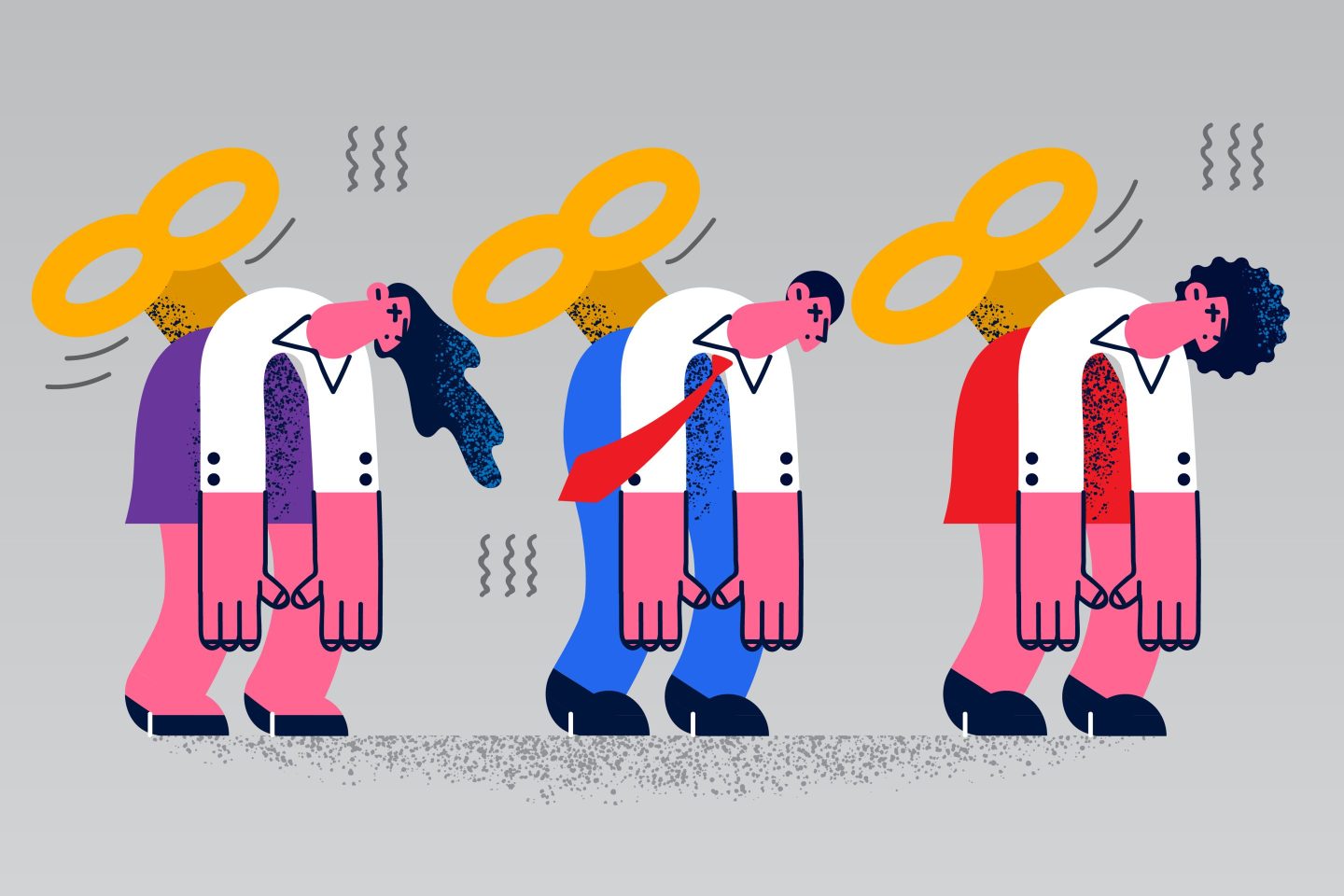Good morning!
Employers and their workers can’t seem to find common ground on benefits. While 78% of employers believe their workers are highly satisfied with their benefits, only 59% of employees express the same, according to Aflac’s newest WorkForces Report, released this week.
The discrepancy underscores the gap between employers, who want a high ROI on costly benefits, and what resources employees will use.
“Employers are spending money simply because of increased health care costs. But employees are saying, ‘Yeah, that’s not necessarily what we want, and it’s not necessarily what we need [or] would prefer,’” says Jeri Hawthorne, senior vice president and chief human resources officer at Aflac.
It’s not just benefits costs where employers stand to lose money—unsatisfied employees may look for jobs that provide more desirable benefits packages. Just 48% of employees say they are confident that their employer cares, a sharp decline from 56% in 2022 and 59% in 2021. And 60% of workers who think their employer doesn’t care about their well-being say they are at least somewhat likely to look for a new job next year.
Workers may even be willing to make a trade-off in compensation to get the benefits they want: 53% of employees say they are at least somewhat likely to accept a position with lower pay but better benefits. The key for employers wishing to retain these employees is understanding what “better benefits” mean to their workers.
“It’s the focus of the company and the HR leaders of those organizations to say, ‘They’re saying better, what exactly does that mean when we’re thinking about offerings that employees actually want?” says Hawthorne.
While that answer will vary between employers, one area nearly all organizations can turn their attention to is mental health coverage. More than half (57%) of all American workers say they experience at least moderate levels of burnout—relatively unchanged from 2022, according to Aflac’s report. Workplace stress and heavy workloads are the biggest culprits. Women are also more prone to burnout, with 61% reporting at least moderate levels, compared to 54% of men.
Closing the gap is also a matter of educating employees on benefits. While 79% of employers think workers understand benefits costs well, just under half (48%) say they do.
“I think that a lot of companies offer great benefits. It really goes to how they educate employees about what those benefits are and encourage them to use the benefits on a consistent basis,” says Hawthorne.
Paige McGlauflin
paige.mcglauflin@fortune.com
@paidion
Reporter's Notebook
The most compelling data, quotes, and insights from the field.
Fewer companies are hiring MBA candidates than in recent years, and schools are encouraging students to consider a Plan B in case they can’t get a job in their field.
Major tech companies and management consulting firms that traditionally recruit business school grads, including Amazon, EY, and Boston Consulting Group, are spending less time recruiting on-campus and refraining from sending offer letters until they get a better idea of what the economic environment will be like in 2024, according to the Wall Street Journal.
Around the Table
A round-up of the most important HR headlines.
- Roblox’s CEO told employees that they must return to the office three days a week or find another job. CNBC
- Government subsidies have increased manufacturing jobs. But there's a shortage of applicants with industry-specific skills. Financial Times
- Americans now take more sick days than pre-pandemic, and they use sick time for mental health ailments. Wall Street Journal
- An independent commission found that a series of four-day workweeks tested on 360,000 workers in Spain improved their stress levels, physical habits, and mood. Reuters
Watercooler
Everything you need to know from Fortune.
Are we there yet? Return-to-office mandates brought the average commute time for American employees last year close to pre-pandemic levels at 52.8 minutes. —Chris Morris
Grave new world. AI will replace “80% of 80%” of all jobs, even highly specialized ones, within the next 10 years, venture capitalist Vinod Khosla said at Tuesday's Wall Street Journal Tech Live conference. —Jeff John Roberts
Office distress. The value of distressed commercial real estate rose to a 10-year high last quarter and was almost entirely led by empty office buildings. —John Gittelsohn, Bloomberg
Putting the soft in Microsoft. Microsoft CEO Satya Nadella believes that soft skills like empathy are the hardest to learn. However, they’re the most important for leaders who want to connect with employees and customers. —Orianna Rosa Royle
This is the web version of CHRO Daily, a newsletter focusing on helping HR executives navigate the needs of the workplace. Sign up to get it delivered free to your inbox.













